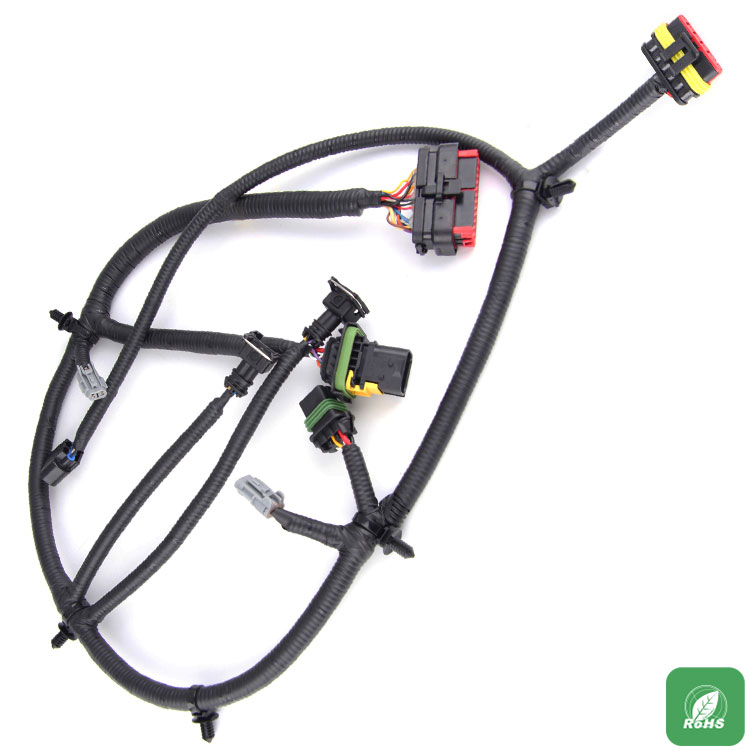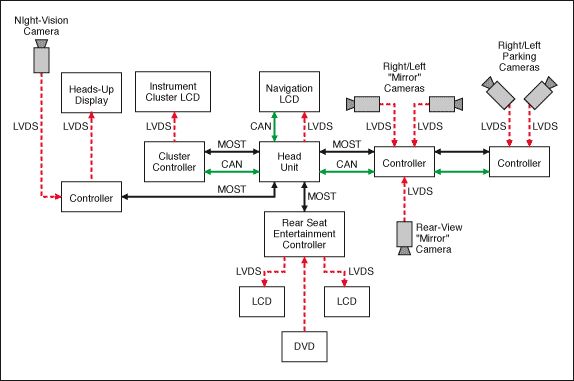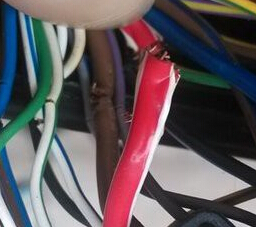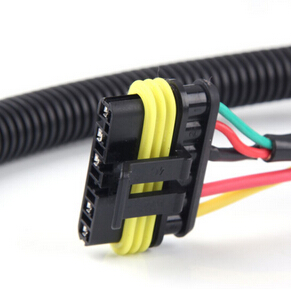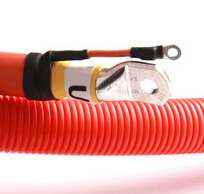Overview
It is a key design guideline to prevent catastrophic overloading of the car harness. The designer must ensure that the fuse strategy protects the line. This process generally involves manually calculating the maximum load for each line, and then comparing the results with the electronic watch created many years ago.
This process is prone to error due to its artificial nature. You may find the alarm, and indeed the situation, but the car and the plane is still running and flying. The reasons are as follows:
The circuit is in a protected state. Due to the artificial nature of most of the design process, the designer is often too cautious; this means that the wires used are thicker than the actual load required.
Physical testing. To produce costly physical prototypes that are physically tested by the test engineer to ensure that the circuit is protected. It takes time and money, and is often in the later stages of the design process, resulting in the cost of design changes brought about by this test is very expensive.
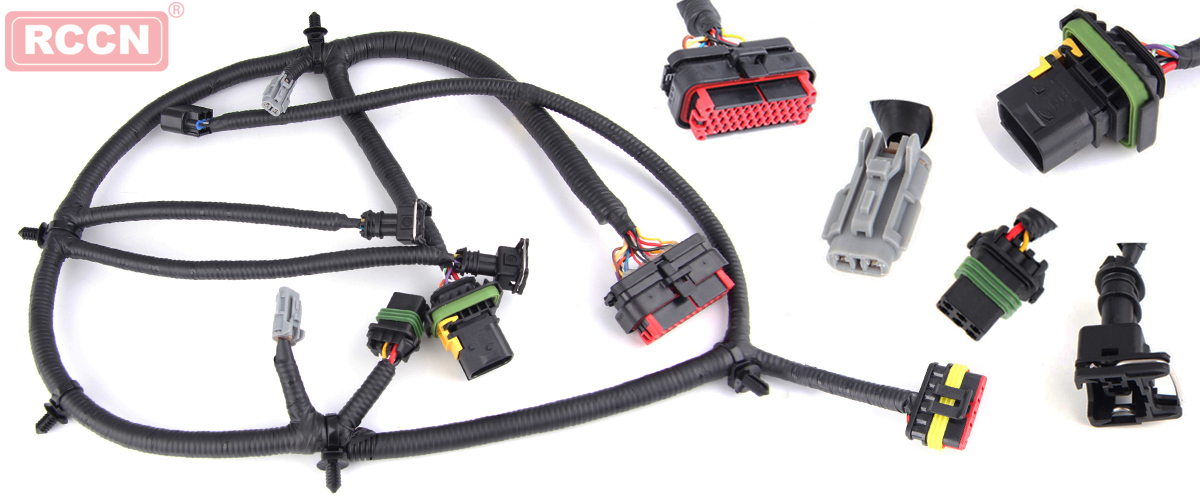
Engineers and designers are smart. Many designs did last for years. History tells them what is useful and what is useless - but we have to ask the question: is this the most effective way to design it?
Analysis and simulation
When it comes to circuit protection, we often hear the words "simulation" and "analysis". Although the simulation is often known as the harness of the harness protection design, but rarely implemented, and if implemented, it will cause a huge bottleneck in the process. First, you must create a complex model, run a simulation, and analyze the results by a well-trained and skilled expert. Then, the results are fed back to the harness engineering team, and they must be based on often complex and difficult to understand the charts and results to make a decision.
An important message that is always missing when simulating in this way is the actual configuration of the car. Not all loads are on all cars. Take an optional navigation system as an example. What kind of simulation do you want, with navigation or no navigation? Let's add the optional sunroof to the combo: Now you have 2 2 = 4 models to simulate. When more options are added, you can see that the number of analog combinations rises to 2 n, where n = the number of options.
For the modeling and modeling specialists who specialize in motor models and line models, the complexity of billions of cars is beyond the scope of any simulation. Even if you can run so much simulation, there is not enough time to interpret all the formed simulation charts in order to make meaningful design changes before the vehicle is put into mass production. The design-to-manufacturing time is shortened year by year; there is no time to simulate in this way, forcing the designer to choose the specifications of the wires and fuses according to the spreadsheet or the paper's history lookup table. If there is no manual error, the designer usually finished with a protected design, resulting in increased cost and weight.
How to do?
The solution to this problem is to use the expertise of these simulation specialists so that each engineer can analyze their designs and provide quick and meaningful feedback. By capturing the wire and fuse size specifications (which is your engineering intellectual property), we believe that your design tool will let your engineers know if there is a problem. Analysis tools should analyze the car, direct the engineer to the specific problem, and according to your engineering and technical knowledge to solve these problems. Look at the detailed simulation of the various options to run the chart and graph, is a very long process, still need to explain the data.
Choose the tools, easy to get started
There is a more cost-effective, more accurate design. The correct step is to collect the design data in electronic format that can be analyzed using software. Using the appropriate design tools, engineers and designers can implement the guidelines for implementing correct-by-construction design methods. You can find a problem early in the process of making a physical prototype - perhaps no longer need to make a prototype.
The correct construction of this design analysis by software tools requires several parameters:
1. The exact load information of the device that draws current, such as:
2. Current through electronic control unit (ECU):
We often hear that the interior of the ECU is proprietary and that modeling work is difficult. When you focus on the task on hand, that is, to determine whether the fuse can protect the line, then, the use of the correct engineering tools,
ECU internal connection modeling becomes a piece of cake. Everything you need, as shown in Figure 1 (hypothetical example).

Figure 1: A simple fuse blowout model for the ECU
3. Description of the parts position and the relative temperature of the various parts of the car and the wiring harness connection point of the car structure model

















 RCCN WeChat QrCode
RCCN WeChat QrCode Mobile WebSite
Mobile WebSite
